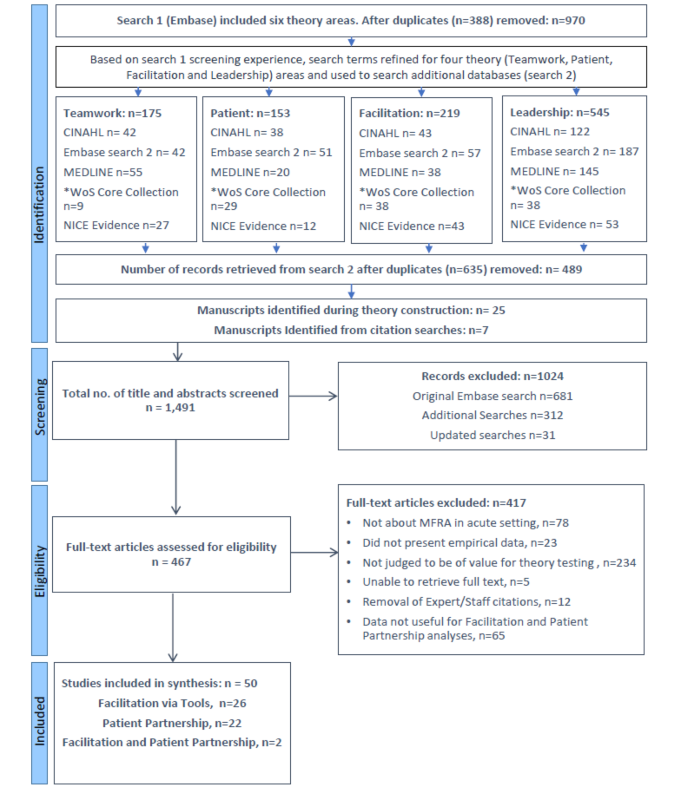Get This Report about Dementia Fall Risk
The 6-Minute Rule for Dementia Fall Risk
Table of ContentsThe 15-Second Trick For Dementia Fall RiskGetting My Dementia Fall Risk To WorkDementia Fall Risk for BeginnersThe Best Guide To Dementia Fall Risk
A fall risk assessment checks to see how likely it is that you will drop. The analysis usually consists of: This consists of a collection of concerns regarding your overall wellness and if you've had previous drops or problems with equilibrium, standing, and/or strolling.Treatments are suggestions that may decrease your risk of dropping. STEADI consists of three steps: you for your risk of dropping for your threat variables that can be boosted to try to protect against drops (for example, balance problems, damaged vision) to minimize your risk of dropping by using reliable methods (for example, providing education and sources), you may be asked a number of questions consisting of: Have you dropped in the previous year? Are you stressed regarding falling?
You'll rest down once more. Your provider will certainly check for how long it takes you to do this. If it takes you 12 seconds or even more, it might indicate you go to higher threat for an autumn. This test checks stamina and equilibrium. You'll rest in a chair with your arms went across over your chest.
Move one foot halfway ahead, so the instep is touching the big toe of your other foot. Move one foot totally in front of the other, so the toes are touching the heel of your various other foot.
The smart Trick of Dementia Fall Risk That Nobody is Talking About
A lot of drops take place as an outcome of multiple contributing aspects; therefore, taking care of the danger of dropping starts with determining the variables that add to fall risk - Dementia Fall Risk. A few of one of the most appropriate risk variables include: History of previous fallsChronic medical conditionsAcute illnessImpaired gait and equilibrium, reduced extremity weaknessCognitive impairmentChanges in visionCertain high-risk medications and polypharmacyEnvironmental variables can also boost the risk for drops, consisting of: Insufficient lightingUneven or harmed flooringWet or slippery floorsMissing or harmed handrails and get hold of barsDamaged or poorly equipped devices, such as beds, mobility devices, or walkersImproper use of assistive devicesInadequate guidance of individuals residing in the NF, consisting of those who show aggressive behaviorsA successful loss danger monitoring program calls for an extensive clinical analysis, with input from all members of the interdisciplinary group

The care strategy need to also consist of interventions that are system-based, such as those that advertise a risk-free environment (proper illumination, handrails, get hold of bars, etc). The performance of the treatments should be reviewed periodically, and the treatment strategy modified as required to mirror adjustments in the autumn risk assessment. Executing a loss risk management system making use of evidence-based best method can decrease the frequency of falls in the NF, while limiting the possibility for fall-related injuries.
Rumored Buzz on Dementia Fall Risk
The AGS/BGS standard suggests screening all grownups aged 65 years and older for loss danger each year. This screening includes asking people whether they have actually dropped 2 or even more times in the past year or sought clinical focus for a fall, or, if they have not fallen, whether they really feel unsteady when walking.
People who have actually dropped as soon as without injury should have their balance and gait examined; those with gait or equilibrium problems need to obtain extra analysis. A background visit our website of 1 autumn without injury and without gait or equilibrium issues does not require more evaluation past ongoing yearly autumn danger screening. Dementia Fall Risk. An autumn danger evaluation is required as part of the Welcome to Medicare evaluation

How Dementia Fall Risk can Save You Time, Stress, and Money.
Documenting a drops background is one of the top quality indicators for autumn prevention and management. Psychoactive drugs in particular are independent predictors of drops.
Postural hypotension can typically be reduced by reducing the dose of blood pressurelowering medications and/or stopping drugs that have orthostatic hypotension as a side impact. Usage of above-the-knee assistance tube and copulating the head of the bed elevated may likewise lower postural reductions in high blood pressure. The advisable elements of a fall-focused physical exam are displayed in Box 1.

A yank time above or equivalent to 12 seconds suggests try these out high fall danger. The 30-Second Chair Stand examination evaluates lower extremity strength and equilibrium. Being not able to stand up from a chair of knee height without using one's arms shows raised loss risk. The 4-Stage Balance test examines fixed equilibrium by having the patient stand in 4 positions, each progressively much more challenging.